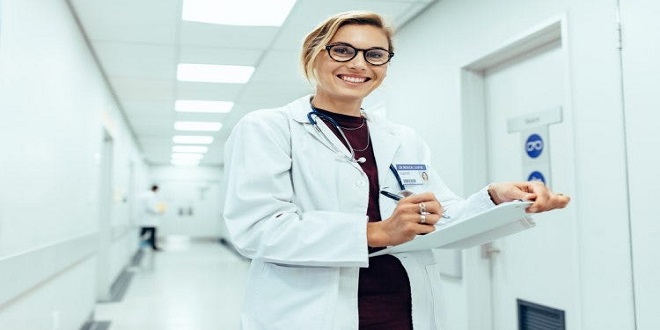Accelerating Healing: Tips to Speed Up Your Stroke Recovery Timeline

Key Takeaways:
- Comprehending the recovery timeline is crucial for setting appropriate goals.
- Immediate medical attention and rehabilitation promote better outcomes.
- Continuous, personalized physical therapy enhances recovery speed.
- Cognitive exercises and emotional support are integral to holistic recovery.
- Technological advances in rehab offer novel approaches to stroke recovery.
- A healthy lifestyle aids in preventing further strokes and fosters healing.
Table of Contents:
- Understanding Stroke Recovery
- Immediate Response and Acute Care
- Emphasizing Physical Therapy
- Tackling Cognitive and Emotional Challenges
- Leveraging Technology in Rehab
- Lifestyle Change for Stroke Prevention
Understanding Stroke Recovery
A full and swift recovery from a stroke remains the primary goal for patients and healthcare providers. It is a multifaceted journey that varies greatly between individuals. Familiarizing oneself with the common timeline for stroke recovery is beneficial for setting realistic goals and managing expectations. These timelines are influenced by numerous factors, including the severity of the stroke, the patient’s health before the stroke, and the quality of immediate care received. Understanding how these factors come into play is integral in customizing a recovery regiment that aligns with the patient’s unique needs and accelerates their healing process.
Immediate Response and Acute Care
The critical window directly after a stroke is a period that holds the potential to influence the patient’s recovery outcome greatly. Rapid medical intervention is crucial and can often mitigate the extent of complications and long-term disabilities. Healthcare professionals emphasize the importance of acute care, which includes critical interventions such as clot dissolution or bleeding containment, alongside the stabilization of vital signs. Immediate efforts at rehabilitation are also paramount, with early mobilization and simple task practice setting the foundation for skills reacquisition. Understanding the urgency and importance of this phase encourages prompt action, which directly correlates with the speed and success of the recovery timeline.
Emphasizing Physical Therapy
Steady engagement in physical therapy is widely recognized as a pillar of effective stroke recovery. Regaining lost physical abilities is a challenging endeavor that requires patience, persistence, and expert guidance. Physical therapists assess and work with the specific limitations and strengths of the patient, employing exercises tailored to improve mobility, coordination, and balance. A targeted physical therapy program’s gradual but continual implementation promotes muscle strength and motor skills, significantly enhancing the patient’s independence and speeding up recovery.
Tackling Cognitive and Emotional Challenges
Stroke rehabilitation is not limited to the physical aspect but also encompasses the patient’s cognitive and emotional well-being. Cognitive impairments post-stroke, such as memory, attention, and problem-solving difficulties, require targeted interventions. Activities designed to rebuild and stimulate cognitive function can foster neural plasticity and enhance mental recovery. Emotional support is just as vital, as strokes can lead to significant psychological distress. Engaging with counselors or therapists specializing in post-stroke care can help patients navigate the complex emotional landscape and facilitate overall recovery. Integrating these aspects into rehabilitation acknowledges the whole person, not just the physical symptoms of the stroke.
Leveraging Technology in Rehab
The advent of technology in medical rehabilitation has brought groundbreaking opportunities to the landscape of stroke recovery. Evidence suggests incorporating technological tools such as virtual reality, computer-based cognitive exercises, and robot-assisted movement therapies can make rehabilitation more effective and engaging. These innovative approaches provide diverse and adaptable methods, allowing for individualized treatments that cater to the unique barriers faced by each patient. Embracing technological advancements in rehabilitation not only aids in recovery speed but also vastly improves the quality of the rehabilitation experience for stroke survivors.
Lifestyle Change for Stroke Prevention
Maintaining healthy lifestyle choices is critical to stroke recovery and prevention. Diet and exercise play a key role in this process; a nutrient-rich, balanced diet that supports overall vascular health, combined with regular physical activity to enhance cardiovascular strength, can reduce the risks of subsequent strokes and encourage recovery. It is also important to manage other risk factors, such as blood pressure and diabetes. Comprehensive resources from esteemed health organizations facilitate continuous learning and application of stroke prevention strategies.





